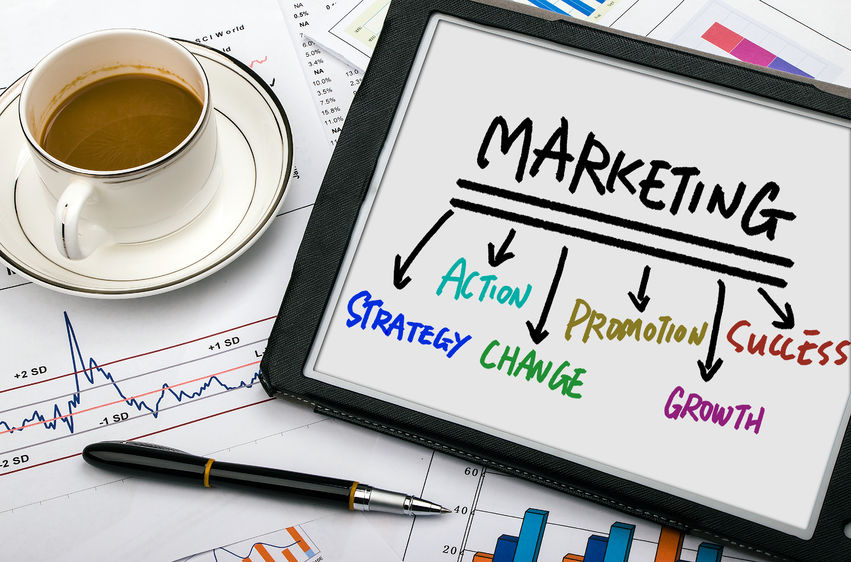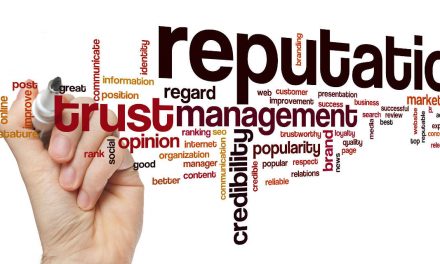Do you know the latest marketing tips, tricks and techniques to stay ahead of the game?
By Dan Hutson, Vice President of Communications & Marketing, the be.group
Last week’s Senior Care Marketing Sales Summit in Chicago was again the place to be for senior living sales and marketing professionals. Only in its second year, SMASH is rapidly establishing itself as the conference that delivers a wake-up call to those who think they can continue to pursue business as usual.
(Disclosure: As a member of the SMASH Advisory Board, I may be a bit biased. But I don’t think so.)
While the venue was a step down from last year’s inaugural event—the Chicago Hilton Indian Lakes Resorts looks better on the Web than in person, and Blomingdale is a far cry from Chicago—and some of the sessions were a bit too Marketing 101 for my tastes, SMASH still delivered enough value to make the four-hour flight from Los Angeles well worth my time. Half (sometimes two-thirds) the value of conferences like SMASH is the opportunity to compare notes with industry friends and colleagues who we only get to see during conference season. And the Cave Bar was sufficiently kitschy fun to make the down time more pleasurable.
For those who were unable to attend, here are my entirely arbitrary and subjective takeaways from this year’s conference. Some come from the sessions; others are just observations from talking to fellow attendees.
1) Change is everywhere. Senior living isn’t immune to it.
Mathew Sweezey, head of B2B Marketing Thought Leadership for Salesforce.com, had so many great insights packed into his keynote on the final day of the conference that I could have made this “5 Marketing Takeaways from Mathew Sweezey” and called it a day. Let’s just say that media ubiquity has changed how people relate to one another, act and obtain information. Our industry sometimes behaves as if we exist in some bubble reality separate from this. Sorry, no. Our use of technology in how we market and communicate aren’t being judged by the consuming public in comparison to other senior living providers; we’re being compared to how the entire world uses tech to add value in their lives. In that context, we are found wanting. Check out Sweezey’s presentation for your reality check.
2) Word of review is more powerful than word of mouth.
This one comes from first-day keynoter Michael Fertik, founder and former CEO of Reputation.com. Yes, it was a little self-serving, but that didn’t make his observations any less true. We’re living in an era when everything is fair game for review by consumers, and senior living communities are no exception.
The evaluation, selection and purchase of countless products and services are now largely “machine decisions”—that is, a significant part of the process has been automated and choices narrowed by machine thinking. If you believe your traditional sales and marketing efforts have the same influence on purchase decisions that they had in the pre-digital age, then you’re fooling yourself. Our efforts to attract and convert have dramatically diminishing impact if we don’t recalibrate strategies to recognize this fundamental shift in how people choose.
I know many reviews are unfair, inaccurate or even downright crazy. But they are shaping people’s perceptions of your brand. Prospects are making decisions based on your digital reputation. If you fail to acknowledge this and engage in a thoughtful, consistent, strategic manner, then you put yourself at a competitive disadvantage.
3) The days of “build once and done” websites are over.
Once upon a time—less than a decade ago, in fact—marketers had the luxury of treating their websites like their marketing collateral: Spend a few months planning, writing copy and gathering assets, put it all together in an attractive branded package and make it available to anyone who expresses an interest.
Websites were created in a similar fashion—plan, write, gather, deploy—with the expectation that what you built would hold you over for at least a couple of years, maybe longer. Most corners of the business world recognize that those days are long past, but I’m afraid some in senior living didn’t get the memo. Your website should be evolving to dynamically meet the need customers have for information and tools to help them make the right decisions and do what they need to do.
To paraphrase Woody Allen in “Annie Hall,” a website is like a shark: It has to constantly move forward or it dies. If your site is a static thing, then you may have a dead shark on your hands.
4) It’s past time to get serious about content marketing.
It’s gratifying to hear from colleagues at other organizations who think what be.group is doing in content marketing is something to emulate. But I’ve also heard frustration voiced by some about the difficulty in convincing the C-suite to authorize and support the transition from traditional outbound marketing to an inbound program.
I sympathize with those marketers out there who are having trouble getting traction, so this one is for the CEOs out there:
Content marketing is the future of marketing. Creating valuable, relevant content that educates consumers and helps them make smarter decisions in their lives, building a distribution network that makes your content visible and findable by the right people, all geared toward achieving well-defined business objectives—this should be the core of your marketing program. It doesn’t mean there isn’t a role for outbound tactics and paid media, but content should come first, not as an afterthought.
Our industry is a niche industry for two reasons: limited product offerings that don’t align with what consumers want (more on that in a second), and the fact that we’ve done a lousy job of educating the public about the powerful impact community living can have on the lives of older adults and their families. Content marketing can add value to your product and will move more people to consider community living as an option.
5) Fear of change will kill you.
I’ll close on this cheerful note. I won’t out her, but a marketing colleague I respect made this comment recently (I’m paraphrasing): “When I travel around the country and see all the communities that are under construction, what troubles me is that we’re building for the present, not the future.”
I think that nicely captures one of our industry’s biggest challenges. The vast majority of product in development is geared toward what we think today’s customer wants and doesn’t anticipate the next customer. Features and amenities may vary, but the product is largely the same.
Where is the innovation? The real opportunity to break out in this industry lies in creating products and services that meet needs and desires in ways that are fundamentally different from the past and present. Instead we get nice cookie-cutter communities and services that are (if we’re lucky) incremental improvements over current products.
Frankly, worrying about what my competitors in senior living are doing isn’t what keeps me up at night. What worries me is what the outsiders are doing—the people who don’t define themselves as being in “senior living” but see a market that’s overripe for disruption.
Change is coming quickly. If you don’t embrace it, it will kill you. The good news? At least it won’t be boring.








